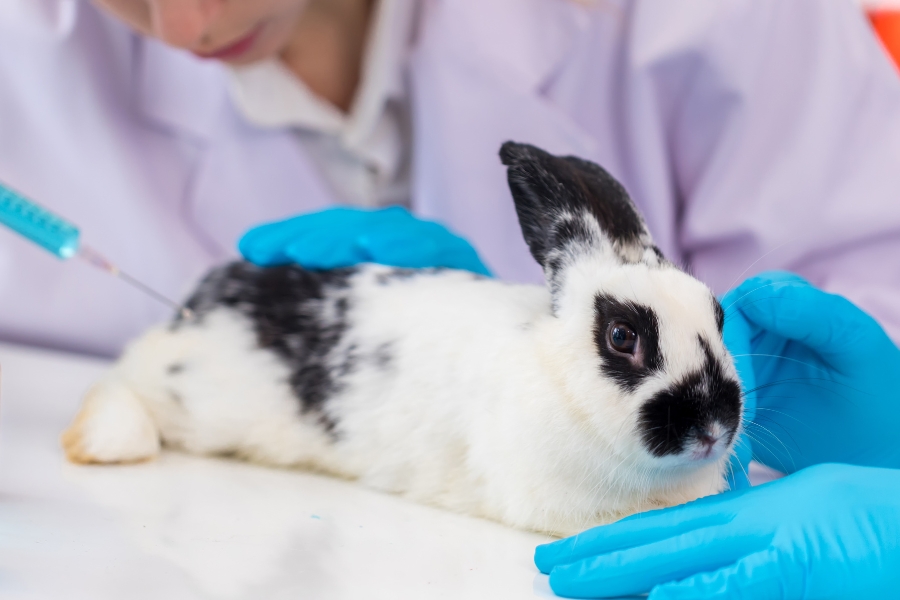Teflon is one of those things that sounds convenient on the surface — easy to clean, non-stick, affordable — but dig a little deeper and the story changes real quick. What most people don’t realise is that Teflon-coated cookware comes with a whole host of health, environmental, and safety concerns.
So let’s break it all down — no sugar-coating here (pun intended).
☠️ 1. Teflon Can Release Toxic Fumes — Polluting The Air You Breathe
Teflon is the brand name for polytetrafluoroethylene (PTFE), a synthetic chemical used to make things non-stick. The major issue? When PTFE is heated above a certain temperature, it starts to break down and release toxic fumes into the air — and yes, that’s just during regular cooking!
🔬 The tipping point? Around 232°C (450°F).
Once a Teflon-coated pan hits that temp (which is super easy on high heat or if the pan is left empty), it starts releasing fluorinated compounds — aka, chemical nasties.
These fumes can cause “polymer fume fever” (also known as “Teflon Flu”)— yep, it’s a real thing — with symptoms like chills, fever, chest tightness, and headaches. Even worse? It’s known to be fatal to birds. Pet birds have actually died from fumes coming off a non-stick pan left heating on the stove. That’s how toxic it is. If it can kill a bird in minutes… imagine what it’s doing to us, slowly over time.
🧬 2. Health Issues Linked to Teflon and Its Chemical Cousins
While PTFE itself is concerning, it gets worse when we talk about PFOA (perfluorooctanoic acid) — a chemical used in the manufacturing of Teflon until around 2013.
PFOA is what’s known as a “forever chemical”, meaning it doesn’t break down in the body or the environment. Ever.
It’s been linked to a list of health issues, including:
1. Thyroid Disease
Exposure to PFAS has been associated with disruptions in thyroid hormone levels, potentially leading to conditions like hypothyroidism. These disruptions can affect metabolism, growth, and development.
(Source)
2. Liver Damage
PFAS exposure has been linked to liver damage, including elevated liver enzymes and non-alcoholic fatty liver disease (NAFLD). These conditions indicate liver stress and can lead to inflammation and scarring.
(Source)
3. Kidney Disease
Studies have found associations between PFAS exposure and chronic kidney disease. PFAS can accumulate in the kidneys, leading to potential damage over time.
(Source)
4. Reproductive and Developmental Issues
PFAS exposure is linked to reproductive effects such as decreased fertility and increased risk of pregnancy-induced hypertension. Developmental effects in children include low birth weight, accelerated puberty, and behavioural changes.
(Source)
5. Hormone Disruption
PFAS can interfere with the body’s natural hormones, affecting various bodily functions and potentially leading to metabolic disorders.
(Source)
6. Immune System Suppression
Exposure to PFAS has been associated with a reduced ability of the immune system to fight infections, including a decreased response to vaccines.
(Source)
7. Cancer
PFAS exposure has been linked to an increased risk of certain cancers, including kidney and testicular cancers.
-
Kidney Cancer: Research has identified a link between PFAS exposure and kidney cancer, particularly among individuals with high PFOA exposures from employment in PFAS-producing chemical plants or residence in surrounding communities with contaminated drinking water.
(Source) -
Testicular Cancer: A study focusing on U.S. Air Force servicemen found an association between PFAS exposure and elevated risks of testicular cancer.
(Source)
🍽️ 3. Where Is Teflon Hiding in Your Kitchen?
It’s not just your frying pan. Teflon (and similar non-stick coatings) are used in loads of everyday appliances — and most people have no idea they’re cooking with toxic chemicals.
You’ll commonly find it in:
-
Frying pans and saucepans
-
Rice cookers and slow cookers – check out our rice cooker recommendation blog here
-
Electric frying pans
-
Sandwich presses and jaffle makers
- Bread makers
-
Pie makers, pancake plates, and waffle machines
-
Some air fryer baskets (especially the cheaper models) – check out our Air Fryer recommendation blog here.
Basically, if it says “non-stick” and doesn’t clearly say PFAS-free, assume it’s coated in a toxic chemical cocktail. And the kicker? These coatings wear down faster than you’d think — especially when scratched, overheated, or washed with harsh detergents. Every flake, fume, or chip = another exposure.

🍳 4. What Happens When Teflon Scrapes Into Your Food?
We’ve all been there — you go to flip your omelette and realise the pan is scratched up. Little flecks of coating are missing. But where did they go?
Straight into your food.
While Teflon particles themselves are considered “inert” and not chemically reactive in the digestive system (so they MAY pass through you), the real concern is the chemical contamination and chronic and prolonged exposure. When the coating breaks down:
-
It can expose the base layer underneath (often aluminium — another health red flag).
-
It accelerates the release of toxic fumes.
-
You’re eating mystery particles of industrial chemicals — not ideal.
And let’s be honest, your digestive system isn’t designed to process man-made, fluorinated plastics.
🌏 5. Environmental Impact: The Forever Chemical Fallout
This is a massive issue and one that’s not talked about enough.
Teflon production (and the chemicals involved, especially PFOA/PFAS) has caused widespread environmental contamination. These “forever chemicals” have now been found in:
-
Groundwater
-
Soil
-
Wildlife
-
Human bloodstreams — in fact, it’s estimated that 99% of people have PFAS in their bodies. The Centers for Disease Control and Prevention (CDC) has detected PFAS in the blood of 99% of Americans, including newborn babies. Similarly, the Environmental Working Group (EWG) reports that PFAS compounds are found in the blood of nearly all Americans.
They don’t break down. They don’t go away. And they bioaccumulate, meaning levels build up in the environment and in us over time.
DuPont, the company behind Teflon, has faced multiple lawsuits over water contamination and health damage caused by PFOA. The story is messy, but the message is clear: Teflon comes at a high cost — not just for your body, but for the planet too.
❌ 6. The Practical Downside of Teflon-Coated Cookware
Even if we put the health and environmental concerns aside for a second (which we wouldn’t, but let’s pretend), Teflon still loses points on durability, sustainability, and overall quality.
Here’s why:
-
Scratches easily — even with “safe” utensils
-
Degrades over time — the coating doesn’t last more than a few years (if that)
-
Can’t handle high heat — forget searing, grilling, or oven use
-
Can’t be recycled — ends up in landfill forever
-
Not sustainable — you’ll be replacing it again and again, creating more waste
-
Not safe for birds — that alone should be enough to raise eyebrows
Meanwhile, a well-seasoned cast iron or Solidteknics pan will last you generations — and actually gets better with age.
💬 Final Thoughts?
Teflon may seem like an easy option, but the price you pay in health and environmental damage just isn’t worth it. It’s time to ditch the non-stick for good and switch to safer, low-tox options like seasoned iron, stainless steel, and ceramic-free cookware.
For a list of the cookware we recommend, check them our here.
👊 You deserve better!
👊 Your family deserves better!
👊 The love, care and attention you put into creating wholesome meals deserves better!
👊 And our planet deserves better!
Much love,
Jo & Tracey x









Leave A Comment